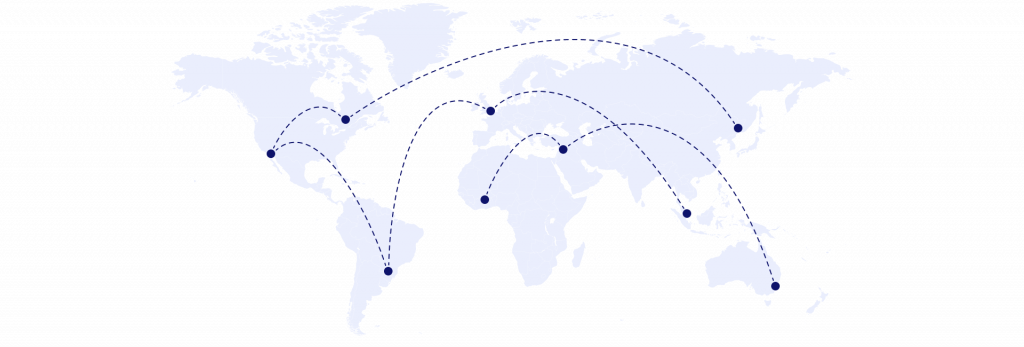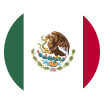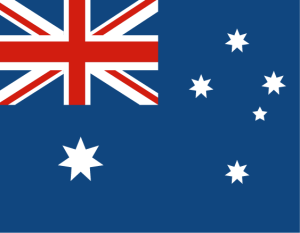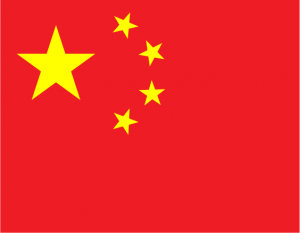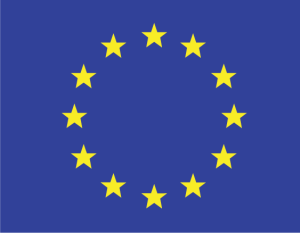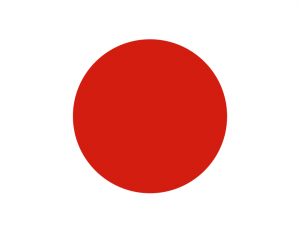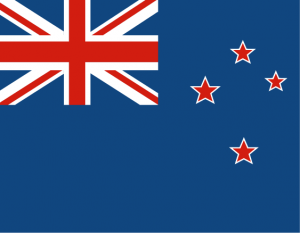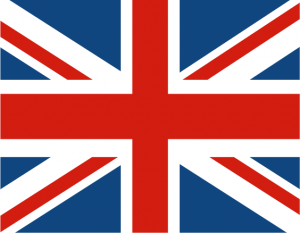How to sell on Trade Me NZ
Trade Me NZ is an e-commerce giant in New Zealand with over 56 million monthly views. Read on to discover how to sell on Trade Me and capture the New Zealand market as a UK brand.

Seasonality is vital in e-commerce. When your products fly off the shelves during one part of the year and collect dust in your warehouse the next, it can be difficult for online retailers to maintain optimal profit margins.
You can cushion your e-commerce sales from seasonal volatility in the UK by marketing them to a new audience in a different hemisphere – such as New Zealand.
Trade Me NZ is a massive online phenomenon. On the platform, you can buy a house, find a job, even find a partner. But most importantly, Trade Me is New Zealand’s biggest online marketplace. Selling as an international brand on Trade Me NZ can help you maintain a steady revenue stream all year round.
In this article, we will run you through the steps of how to sell on Trade Me NZ and offer some tips on how you can make the most of a brand new customer base.
Why sell on Trade Me NZ?
Besides solving seasonal demand for stock issues, UK e-commerce sellers would be wise to set themselves up on Trade Me as the website is the central online hub for buying and selling in both Australia and New Zealand. Trade Me has over 56 million site visits a month. To put this figure in perspective, New Zealand has a population of around five million, meaning that the majority of the adult population of New Zealand has at least one account.
Trade Me lists more than 6.2 million products across 6,000 categories. Consumers can sign up and sell second-hand goods (similar to Facebook Marketplace), whilst over 700,000 SMEs are signed up to Trade Me’s business membership list. Over 170 Trade Me sellers are based in the UK, and there are four main reasons why the marketplace attracts so many British brands:
- The UK and NZ share a language and numerous cultural ties – making marketing campaigns more straightforward.
- Consumers in New Zealand are comfortable with extended lead times on shipping (many NZ customers expect to wait up to 10 days for the delivery of e-commerce goods). Consumers’ relaxed attitudes on waiting for goods somewhat eases the pressure on UK sellers trading on the other side of the world.
- New Zealand customers have less choice between brands than European and US customers. Therefore, UK brands are in high demand, allowing businesses to price their products competitively.
- Following on from supply gaps as mentioned above, New Zealand has many wide-open business niches where a UK brand could fit in well – including clothing, homewares and everything in between.
- Open up to 20 local currency accounts, with local sort codes, account numbers and IBANs
- Collect secure payments from 130+ marketplaces, overseas buyers and payment processing gateways
- Pay suppliers, partners and staff in 40 currencies without hidden fees
- Pay and get paid easily with local bank details on your invoices
- Lock in conversion rates to manage your currency risk
How to sell on Trade Me NZ
To sign up as a professional seller on the platform, you must submit a form outlining your seller details. Make sure that you’re aware of the differences in consumer protection laws in New Zealand by heading to the NZ government website. One of the most noticeable differences in retail standards is that it is up to the seller’s discretion if they allow customers to return an item should the customer change their mind about a purchase. For UK sellers, the returns rule may be advantageous to your operations.
However, you may want to consider setting a more balanced “cooling-off period” on purchases. If you are selling high-ticket items, setting a window of time for returns can help increase consumer trust within your new market.
Once you have checked the rules and submitted your International Seller enquiry form to Trade Me NZ, the team will check that you are a good fit for their customer base. At this point, you will be emailed a seller’s checklist outlining what you need to do as an e-commerce seller to be recognised as a professional merchant on the platform.
One of the most critical aspects of your seller application is proving your capability to deliver goods to NZ customers within the optimal 10-day time frame, overcoming common barriers to entry. You will need to have all of the fulfilment provisions in place to ensure that Trade Me customers in the farthest-flung provinces of the country are satisfied with your delivery times.
If you are an international seller looking for help with last-mile delivery to NZ customers, you can check out Trade Me’s exclusive Book a Courier service.
Import/export duties apply
At the time of writing, the Brexit free trade agreement between Australia and New Zealand is agreed in principle; therefore, trade tariffs still apply. To find out more about classifying your goods and paying export duties to New Zealand, check out the UK government website, or seek the help of a third-party import/export agency.
Many of these agencies provide free import/export duties calculators and can put you in touch with freight insurance companies to help you protect your goods in transit.
Additionally, the UK’s Department of International Trade (DIT) offers personalised support to merchants looking to sell overseas. For instance, you can arrange a free meeting with a DIT e-commerce advisor and access discounts on Trade Me NZ commission fees.
Product safety documentation
Trade Me NZ notes that they take a “conservative approach” when accepting seller applications from international companies to minimise risk to their customers. Under New Zealand’s Fair Trading Act 1986, sellers will need to provide safety documentation for electronic goods and children’s items like baby strollers, cots, and toys. Failure to supply the correct safety documentation could result in a rejection of your Trade Me seller application.
It is also important to note that Trade Me works hard to uphold New Zealand’s intellectual property laws and biosecurity legislation. Please check out Trade Me’s complete trust and safety guide for online merchants for more information.


Beyond eBay and Amazon: 5 more international marketplaces to master
Want to go beyond Amazon and eBay as an online seller? Here are the five best marketplaces to own a store.
Dec / 2024
WorldFirst and 1688.com: all you need for wholesale sourcing
Discover what 1688 is and why businesses are going mad for China’s largest B2B marketplace
Dec / 2024
How to sell on Taobao from the UK
The e-commerce giant Taobao is a tempting choice for UK sellers to begin an international venture. Discover how to get started in our guide.
Dec / 2024WorldFirst articles cover strategies to mitigate risk, the latest FX insights, steps towards global expansion and key industry trends. Choose a category, product or service below to find out more.
- Almost 1,000,000 businesses have sent USD$150B around the world with WorldFirst and its partner brands since 2004
- Your money is safeguarded with leading financial institutions
